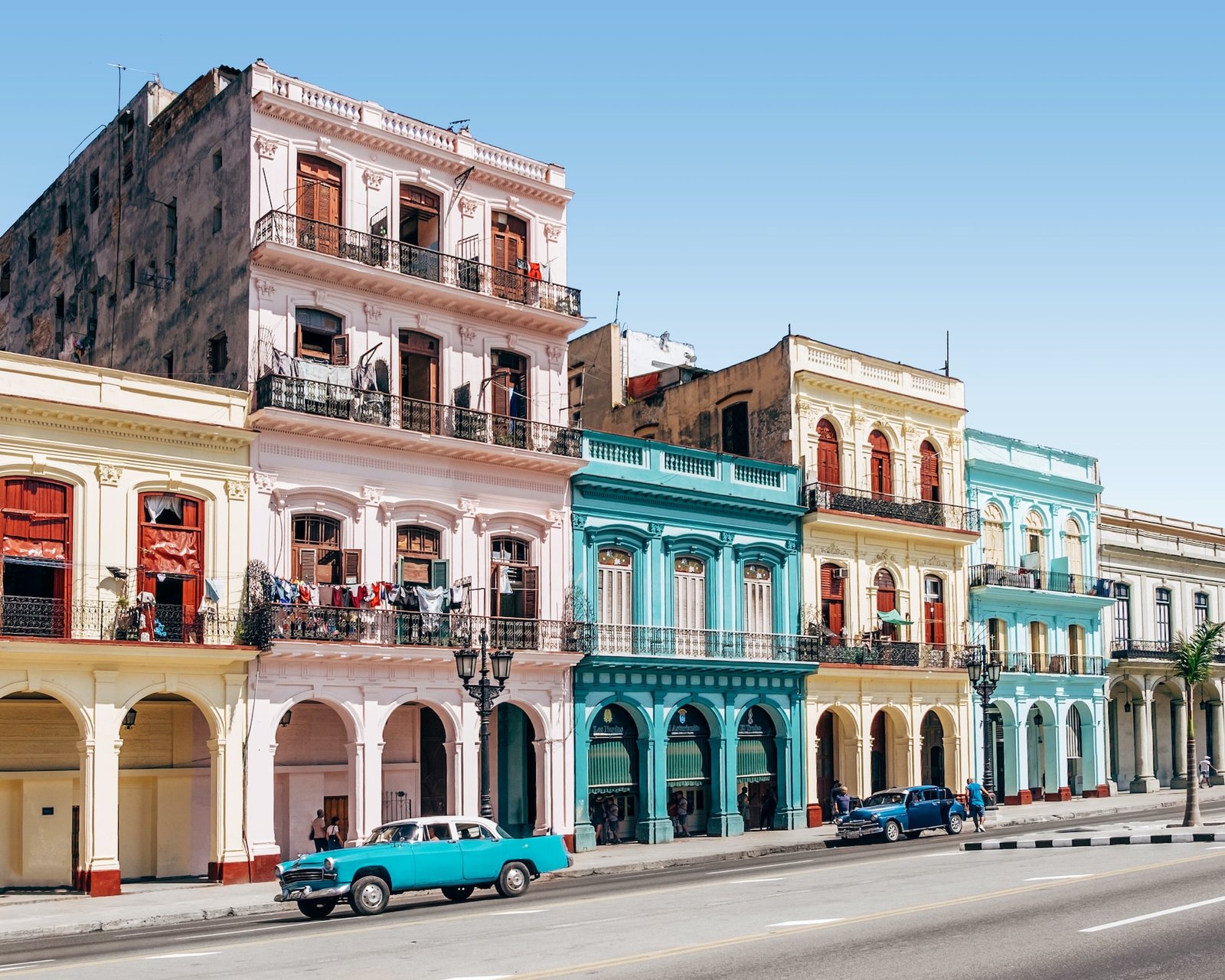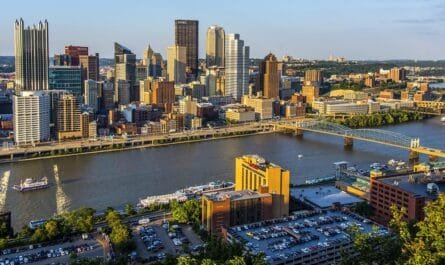From the enchanting rhythms of salsa to the streets pulsating with life and color, Cuba presents an intoxicating blend of rich culture, history, and scenic beauty. It’s not just a Cuban vacation but a journey back in time, a rare glimpse into a world untainted by overwhelming modernity. The picturesque beaches, the time-capsule cities, and the ever-so-vibrant Cuban spirit make Cuba a compelling destination for the discerning traveler. Let’s embark on this thrilling virtual journey to Cuba, a country where time has stood still and every moment is a celebration of life.
Taking A Cuban Vacation
Preparations for a Cuban Vacation
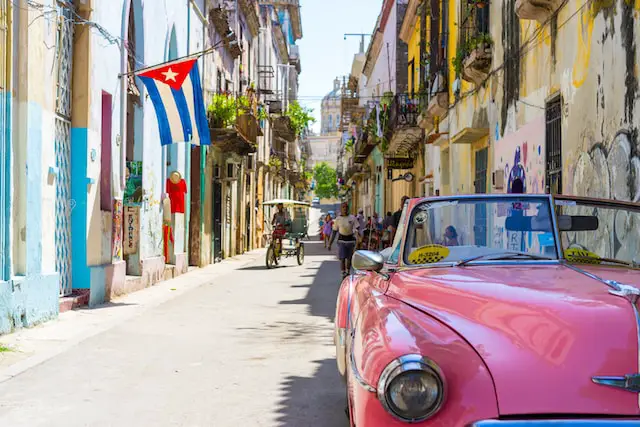
Visa Requirements and Process
Traveling to Cuba requires more than just a passport. You’d need a tourist card or visa, the intricacies of which are detailed on the Cuban Embassy Websites. It might feel overwhelming initially, but the procedure is relatively straightforward once you get the hang of it. Understanding this process is critical for a hassle-free Cuban vacation, enabling you to focus on the experience rather than the paperwork during travel.
Health and Safety
Your health and safety should be paramount in Cuba, as in any foreign land. Research and adhere to the CDC’s recommendations for health precautions and vaccinations, and ensure that your travel insurance details are in order. Avoid tap water and consume bottled water to keep stomach ailments at bay. Staying aware and maintaining basic precautions can ensure your Cuban adventure remains memorable for all the right reasons.
Currency and Budgeting
Cuba’s unique dual currency system – the Cuban Peso (CUP) and Cuban Convertible Peso (CUC) – can initially seem perplexing. Having a clear understanding of these currencies and their conversion rates will help you manage your expenses efficiently. Websites like ViaHero offer valuable insights into handling money in Cuba. Budgeting your trip correctly will help you enjoy Cuba without worrying about overspending.
Packing for Cuba
Cuba’s tropical climate calls for light, breathable clothes. Pack plenty of cotton clothing and comfortable footwear for those city explorations. Don’t forget your sunscreen, hats, and swimwear for the stunning Cuban beaches. And remember, dressing in Cuba is generally conservative, so pack accordingly to respect local customs.
Understanding Cuban Culture and Etiquette
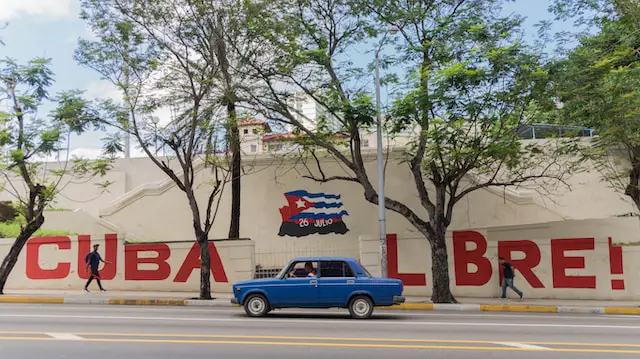
Language
Spanish is the main language spoken in Cuba. While Cubans are friendly and patient listeners, knowing a few basic Spanish phrases will enhance your interaction with the locals. Simple phrases like “¿Cómo estás?” (How are you?), “Gracias” (Thank you), and “Por favor” (Please) can go a long way in making your Cuban experience more personal and fulfilling.
Food and Drink
The Cuban influence of popular foods in the Caribbean and the Southern United States cannot be understated. For example, the Cuban Sandwich or Cubano is extremely popular in southwest Florida and Tampa.
Cuban cuisine is a delightful mélange of Spanish, African, and Caribbean flavors. Try local delicacies like ‘Ropa Vieja,’ a shredded beef dish, or ‘Tostones’, fried plantain slices. And no Cuban meal is complete without a traditional drink. Be it the minty Mojito or the robust Cuba Libre, the Cuban drinking culture will surely leave you enchanted.
Local Customs and Traditions
Cubans are known for their warmth and hospitality. A simple smile or a friendly nod is customary when passing locals on the street. Don’t be surprised if you’re pulled into an impromptu dance or a lively conversation – it’s all part of the Cuban charm. Understanding and respecting these local customs will enrich your Cuban journey, making you feel more connected to this vibrant land and its people.
Exploring Cuban Cities
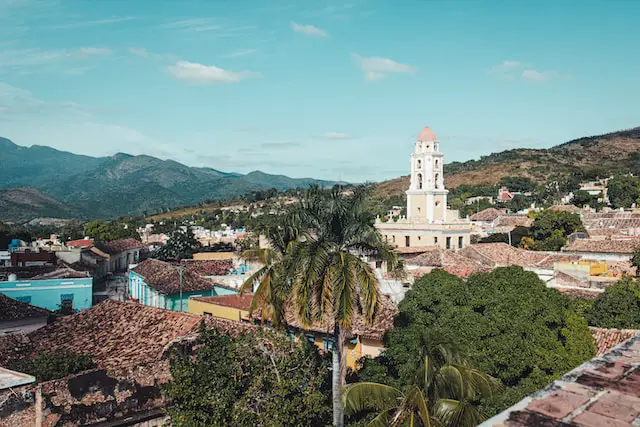
Havana
Havana, Cuba’s capital, is like an open-air museum frozen in the past. The city’s old-world charm is captivating, accentuated by its vintage cars, colonial buildings, and lively music. Whether it’s a leisurely walk along the Malecón or exploring the vibrant street art in Callejón de Hamel, Havana promises an unforgettable urban adventure. For more details, visit the Havana’s official tourism site.
Trinidad
Trinidad, a UNESCO World Heritage site, is like stepping into a beautifully preserved past. The city’s Spanish colonial architecture, cobblestone streets, and pastel-colored houses transport you back in time. Whether it’s exploring the Plaza Mayor or enjoying a Canchánchara (a local cocktail) in a traditional tavern, Trinidad offers a unique blend of history and vibrancy.
Varadero
If pristine beaches and clear turquoise waters are what you seek, Varadero is your paradise. Known for its all-inclusive resorts, Varadero offers the perfect tropical getaway. From sunbathing on the stunning Playa Varadero to exploring the Bellamar Caves, the city perfectly balances relaxation and adventure.
Best of the Web On Cuba
What is Cuba Really Like? Busting the Tourist Myth – by Vicky Flip Flop Travels does a good job of giving a balanced overview of what to expect when visiting Cuba. The author acknowledges that Cuba is a beautiful and charming country, but she also points out that the tourist experience can be somewhat staged and that there is a cost to the smiles of the Cuban people. She also provides some helpful tips for travelers, such as being aware of petty crime and tipping appropriately.
What I Really Thought of Cuba – My Honest Views – The article “What I Really Thought of Cuba – My Honest Views” by Rose Thomas is a personal account of her experiences traveling to Cuba. Thomas is upfront about her expectations for the trip, which were largely shaped by her interest in Cuban history and culture. She also acknowledges that she is aware of the political and economic challenges facing Cuba. Thomas’s account of her trip is both positive and negative. On the one hand, she is impressed by the beauty of the country, the warmth of the people, and the rich culture. On the other hand, she is also critical of the lack of convenience, the inefficiency of the bureaucracy, and the economic hardships faced by many Cubans.
Discovering Cuban Natural Beauty
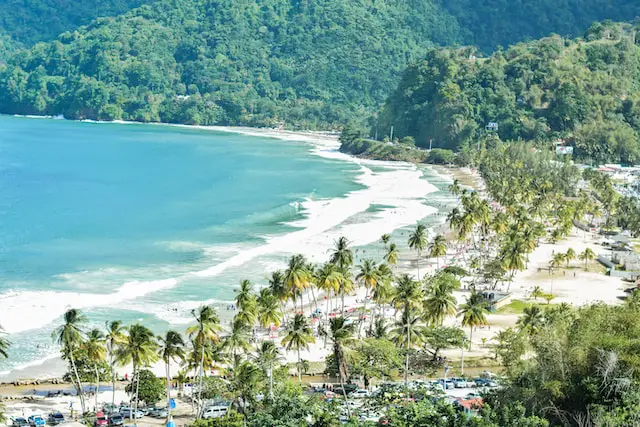
Beaches and Coastal Areas
Cuba’s coastline, dotted with beautiful beaches, offers breathtaking views of the Caribbean Sea. From the bustling Varadero to the secluded Playa Pilar, every beach presents a unique allure. From November to April, the dry season provides the perfect beach activity climate.
National Parks and Biosphere Reserves
Beyond its cities and beaches, Cuba also houses numerous national parks and biosphere reserves. Places like the Guanahacabibes Peninsula and Sierra del Rosario offer stunning landscapes and a rich biodiversity. These natural spaces provide excellent opportunities for hiking, bird-watching, and simply soaking in Cuba’s untamed beauty.
Engaging in Cuban Activities and Experiences
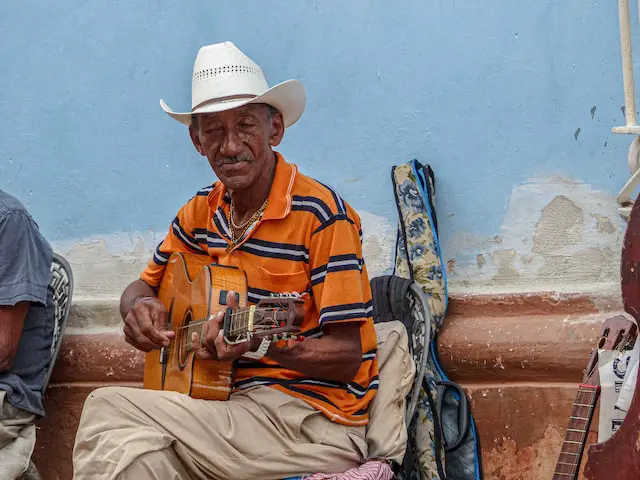
Music and Dance
Music and dance are integral to Cuban culture. From the pulsating salsa to the fiery rumba, Cuban rhythms are infectious. Taking part in a local dance class or enjoying a live music performance can be one of Cuba’s most authentic and engaging experiences.
Cigar and Rum Experiences
Cuba is synonymous with world-class cigars and rum. Visiting a tobacco farm, seeing the careful cultivation and production of cigars, or exploring a rum distillery, learning about the different types of rum and the distillation process – these experiences provide an insightful glimpse into Cuba’s famous exports.
What Extra Steps Do Americans Need To Do To Vacation In Cuba?
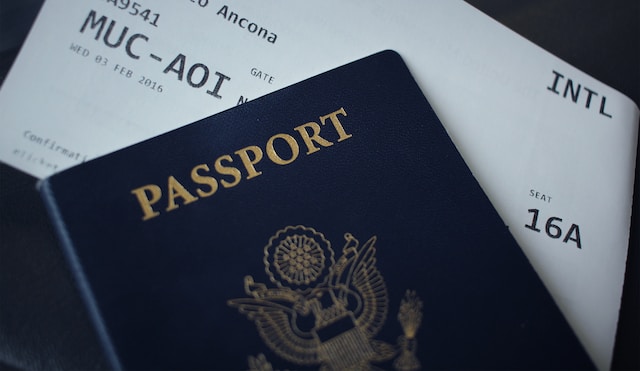
Traveling from the United States to Cuba has its own set of challenges due to the complex political relationship between the two countries. While it is not as straightforward as visiting other countries, it is entirely possible, but requires some extra steps:
1. Follow the 12 Categories of Authorized Travel:
The U.S. has outlined 12 categories of authorized travel to Cuba, including family visits, journalistic activity, professional research, religious activities, public performances, humanitarian projects, etc. You must self-identify with one of these categories, which most tourists often fit into the “Support for the Cuban People” category.
2. Obtain a Cuban Tourist Visa or Card:
In addition to the categories, U.S. citizens require a Cuban Tourist Card or Visa to enter Cuba. It’s usually pink for those flying directly from the U.S. and green for those flying from other countries. You can obtain this from your airline when you book your flight.
3. Buy Health Insurance:
Cuba requires all travelers to have non-U.S. health insurance. This insurance is often included in the price of airline tickets.
4. Book Through a U.S.-Approved Cuban Travel Service Provider:
To meet the requirements of the “Support for the Cuban People” travel category, it is recommended that you book through a U.S.-approved Cuban travel service provider. They offer itineraries that comply with U.S. regulations.
5. Plan to Use Cash:
U.S. credit and debit cards typically do not work in Cuba, so bringing enough cash to last your entire trip is necessary. The country operates on a cash economy, so having enough currency on hand is crucial. Be sure to exchange some money into the local Cuban currency when you arrive.
6. Keep Records:
For five years after your return, keep detailed records of your financial transactions and your itinerary in Cuba to show that you were involved in “Support for the Cuban People” activities.
Remember that these guidelines can change, so it’s important to check for updated travel advice from official sources like the U.S. Embassy in Cuba and the Office of Foreign Assets Control (OFAC) before your trip.
What Are Activities Or Places That Americans Traveling To Cuba Should Avoid?
When traveling to Cuba, American visitors need to be mindful of the restrictions placed by the U.S. government due to the existing embargo. These regulations are designed to limit economic activity that benefits the Cuban government while encouraging interaction with the Cuban people.
Here are some activities or places that American travelers to Cuba should avoid:
- Government-Owned Businesses: Avoid patronizing hotels, restaurants, stores, or other businesses that are owned by the Cuban government. This includes most places in Old Havana and some major hotels across the country. To navigate this, use services like Airbnb for accommodation and eat at privately owned restaurants, known as “paladares.”
- Military-Owned Establishments: In Cuba, many establishments are owned by GAESA, the commercial arm of the Cuban military. The U.S. government prohibits Americans from engaging in financial transactions with such businesses. A list of these restricted entities is provided by the U.S. Department of State.
- Recreational Activities That Don’t Support the Cuban People: Purely recreational activities that do not fall under any of the 12 authorized categories for U.S. travel to Cuba, such as lounging on a government-owned beach resort, are to be avoided.
- Political Activities: Refrain from participating in any political activities or demonstrations, as doing so may not only violate U.S. regulations but also local Cuban laws.
- Restricted Areas: Some areas are restricted or require special permissions to visit. Always verify if an area is open to tourists before planning a visit.
Remember, these regulations can change, so always check the latest guidelines issued by the U.S. government before you travel. A careful review of the Office of Foreign Assets Control (OFAC) and U.S. Embassy in Cuba’s website will provide the most current and accurate information.
What are the 5 most see or do activities for tourists in Cuba?
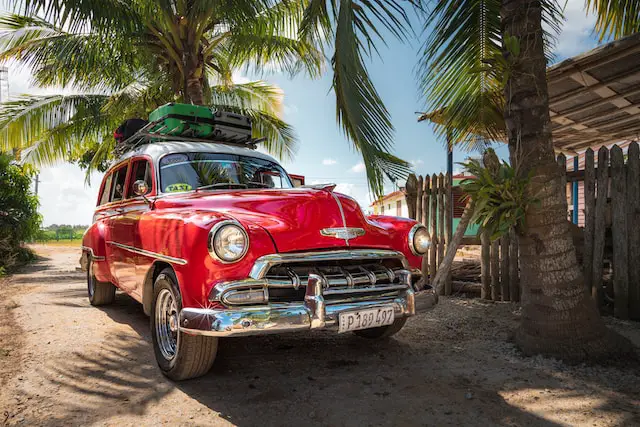
- Experience Old Havana (Habana Vieja): Old Havana, a UNESCO World Heritage Site, is the heart and soul of the city, teeming with neoclassical and baroque architecture, vibrant street life, and live music. Must-visit sights include the El Capitolio building, Plaza de la Catedral, Plaza Vieja, and El Malecón, the city’s famous waterfront promenade.
- Ride in a Vintage Car: No visit to Cuba is complete without a ride in a vintage American car. These beautifully preserved vehicles from the 1950s function as taxis, offering a nostalgic tour around the city, particularly along the scenic Malecón.
- Visit Varadero Beach: Varadero is home to some of the most idyllic beaches in the world, offering pristine white sand and crystal-clear waters. Apart from beach lounging, you can enjoy water sports, explore nearby caves, or visit an ecological reserve.
- Explore Trinidad: A beautifully preserved Spanish colonial town, Trinidad is like stepping back in time. Visit the Plaza Mayor, enjoy the local music scene, and take in panoramic views from the bell tower of the Convento de San Francisco.
- Enjoy Cuban Music and Dance: Cuba has a rich musical and dance heritage, with styles like salsa, rumba, and son Cubano. Take in a live music performance, visit the Casa de la Música, or better yet, take a dance class and immerse yourself in the rhythms of Cuba.
Remember, the best experiences in Cuba often lie in unplanned moments – engaging with the locals, savoring the Cuban coffee, or simply absorbing the vibrant energy that makes this country so unique.
Final Thoughts About Taking A Cuban Vacation
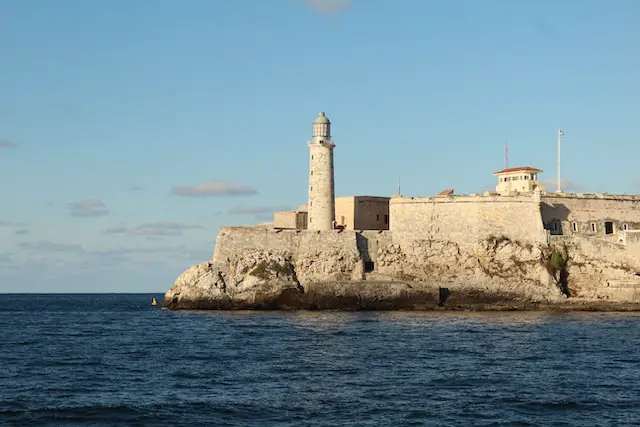
Cuba, with its harmonious blend of culture, history, and natural beauty, makes for an unforgettable vacation. It’s more than just a destination; it’s a sensory experience that captivates and enthralls, leaving you with memories that linger long after you’ve left its shores. With its time-capsule cities, sunny beaches, lively culture, and the invincible spirit of its people, a Cuban vacation is a voyage of discovery that will touch your soul.

